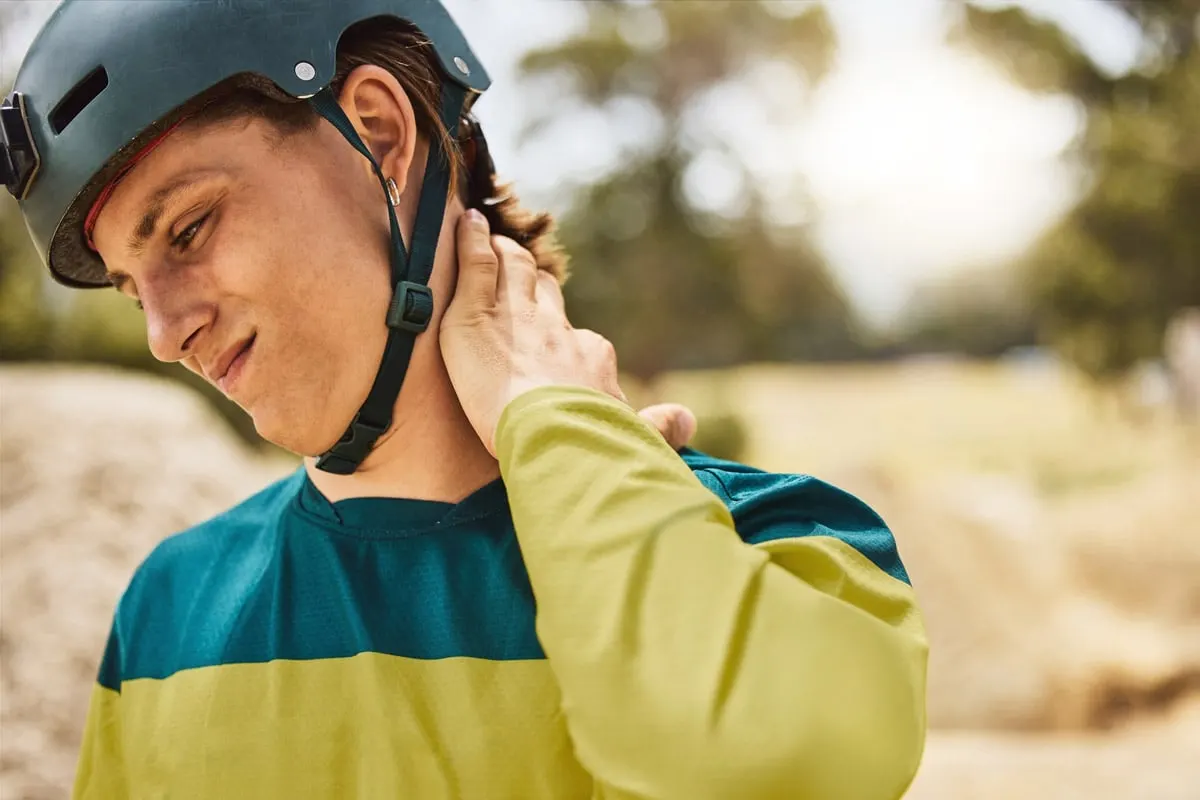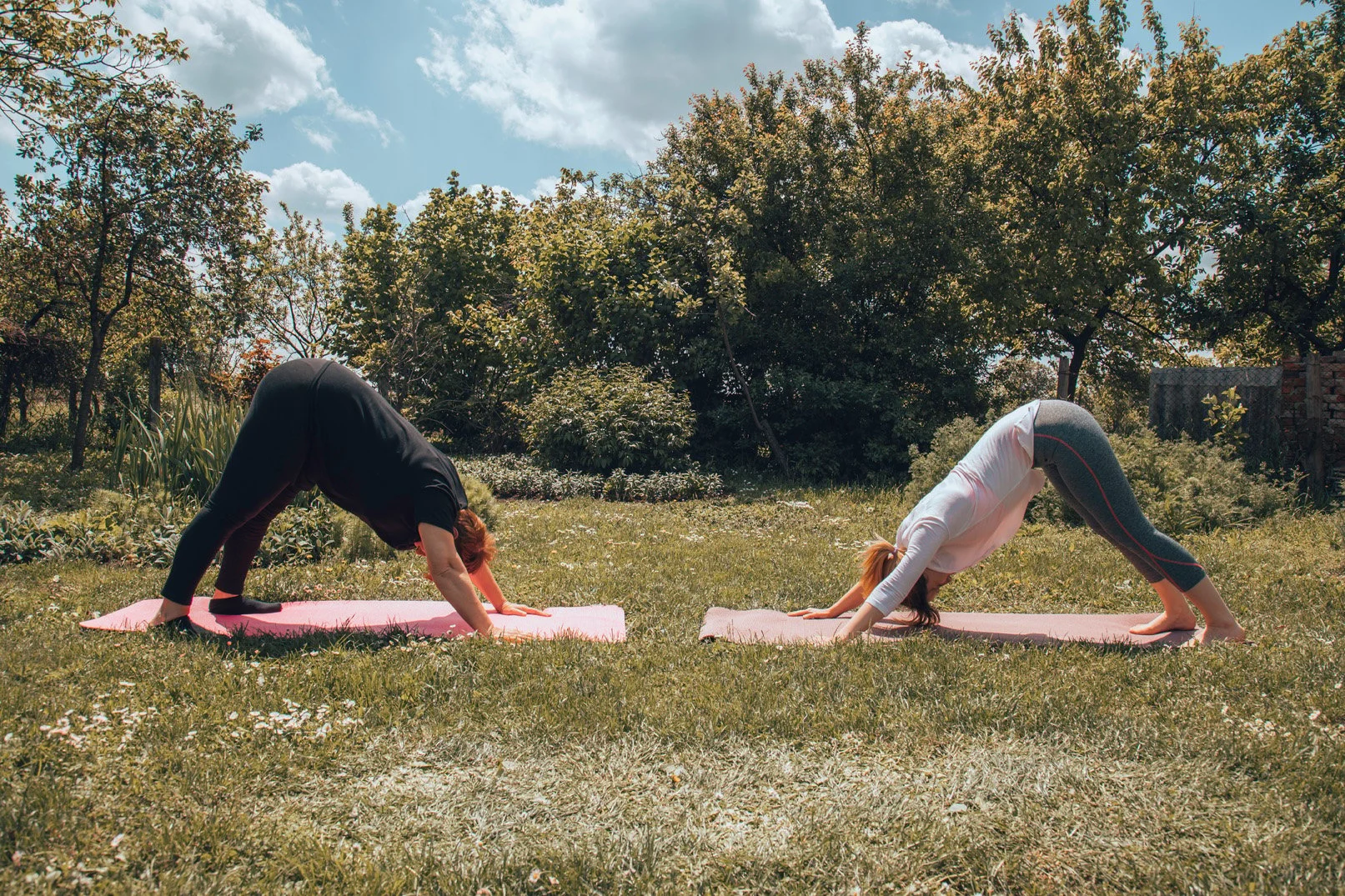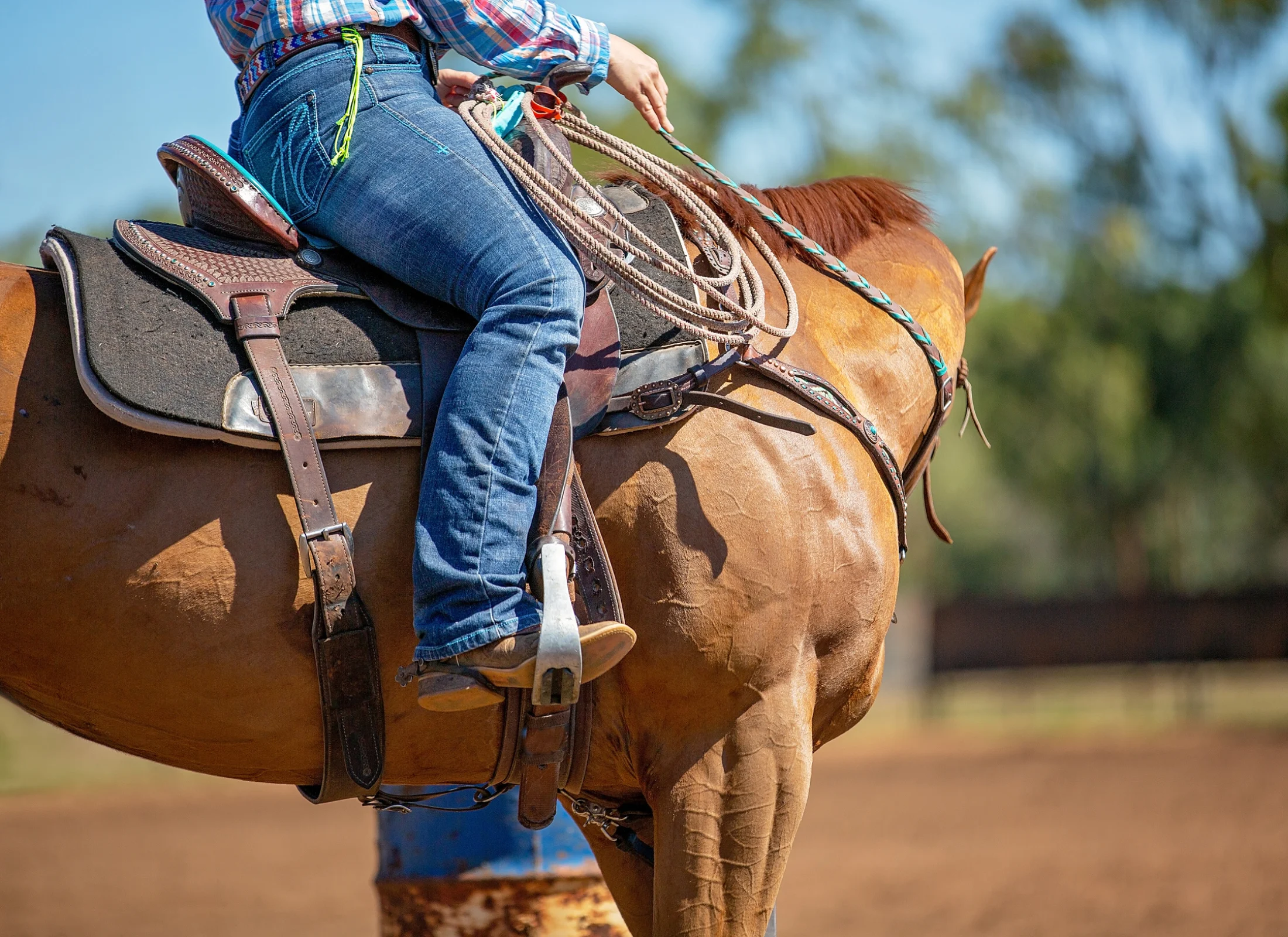Many equestrians suffer from lower back pain. For some people, horseback riding can provide relief, while for others, time in the saddle may seem to increase discomfort.
Luckily, there are things you can try both before and after mounting up to help relieve lower back pain, including stretching or using heating pads and ice packs. In this article, you’ll learn some things you can do while you are riding, like relax in the saddle, and go for shorter rides.

First, Talk to your doctor
Back pain is common. According to the mayo clinic, 80% of adults have experienced issues with back pain. However, just because it’s common does not mean it’s normal! Pain is a signal to our brains to pay attention and seek care. If you have pain before, after, or during horseback riding, book a chat with your doctor.
💡 How you talk to your doctor about back pain often informs the kind of care you’ll get. Check out NPR’s article on how to talk to health care providers about pain.
In addition to ruling out some causes, your doctor can help you understand the source of your back pain and perhaps prescribe exercises that can help stretch and soothe the muscles. For active horse owners and horseback riders, proactively requesting physical therapy can be a great way to get back in the saddle – pain free – sooner.
More Ideas for dealing with back pain as a rider:
Stretch Before and After Riding
Stretching before exercise is widely recommended. Some people may not immediately think that horseback riding is exercise because the horse is doing most of the work. Riding is physically demanding though, and requires using muscle groups not used in many people’s day to day lives. And yet, not everyone stretches before riding a horse.
Stretching out your muscles before a ride can help prepare them for the workout you are about to do. Find some stretches to do that will prepare all of your muscles, and some that specifically target the lower back. Do your stretches before and after every ride to help minimize muscle pain. You can also dismount during your ride if you feel like you need to stretch again, or even find some stretches you can do while in the saddle.
Do Some Yoga In Between Rides

In addition to stretching, yoga and Pilates can be helpful for back pain. These types of exercise involve very deliberate movements that work the whole body and improve flexibility. If you frequently suffer from a stiff back, doing yoga regularly could be very beneficial in keeping your muscles loose, which will help ease the pain and stiffness. Yoga will also help you to learn how to control your breathing, which is helpful if you struggle to relax while riding.
Use Heat and Ice
If you often have back pain after riding, it could be helpful to apply either heat or ice. It is best to use ice right after exercise, as it helps lower inflammation. Heat is ideal for chronic back pain because it stimulates circulation and helps muscles to recover. Alternating between ice and heat can also be beneficial, just make sure to only use each for about ten to fifteen minutes at a time, and take a break for a couple of hours in between each of them to avoid possible nerve damage.
Use a Mounting Block
For both horses and riders, mounting can be the most physically strenuous part of riding. The big reach, leap, and swing can trigger back pain for both horses and humans!
But mounting doesn’t have to be physically stressful. An investment in a mounting block and a few training sessions working with your horse to stand still while mounting can be time well invested.
Ride for Shorter Amounts of Time
If you feel the back pain creeping in as your ride goes on, try riding for shorter amounts of time for a while. Sometimes the pain and soreness is telling you that you are overdoing it, so start out by cutting your ride time in half. If you are training and need to ride for your full amount of time, consider splitting your rides into two halves so you can still ride for the same length of time, but take an extended break in between. These breaks are a great time to stretch out your muscles again.
Take Lessons to Improve Riding Posture
Sometimes horseback riding can make back discomfort worse, and a poor position in the saddle may be a contributing factor. Even if you are a seasoned rider, consider taking a few horseback riding lessons with a seasoned riding coach.
Trouleshooting the alignment of heels, legs, hips, and back may get your riding position back into alignment and put less stress on sore muscles in your back.
Check your Saddle Fit

A saddle fitter has been one of the first calls we make when our horse begins showing discomfort under saddle- but few of us recognize how important saddle fit is to rider comfort.
When a saddle really doesn’t fit, it’s easy to tell! Saddle sores, chafing, and sharp pains are immediate signals the saddle is not right for us.
Subtle fit issues between rider and saddle, however, can be sneaky. If your saddle tilts your pelvis too far forward, for example, your lower back must bend at a sharper angle to stay upright in the seat. Over time- perhaps a few rides or many rides – a poor fitting saddle may contribute to back pain.
Focus on Relaxing in the Saddle
Tensing up, particularly for an extended period of time, will cause muscle soreness and back pain. Make sure to keep your body relaxed in the saddle as much as you can. This will help to keep your muscles loose.
New riders will often struggle with this. It is natural to tense up if a rider is nervous or feels like they are not in control. As they become more comfortable on the horse, the more they will be able to relax. Keep in mind that it is possible to keep your back straight without being stiff as a board. If you find yourself tensing up in the saddle a lot, try using breathing exercises to help you relax.
Incorporate Riding Bareback Into Your Routine
If relaxing in the saddle is something you struggle with, then riding bareback for a bit might help with that. Riding bareback helps a rider feel more in sync with their horse’s movements and learn to move with them.
Try riding your horse bareback for a few minutes during each ride, and instead of focusing on having perfect equitation, just focus on letting your body move with your horse. If you are not comfortable doing this on your own horse, or don’t feel safe doing so, there are some options. If there is a calmer horse you feel more comfortable with, you can ask to borrow them, or have someone lead you on your horse. You could also accomplish the same thing by dropping your stirrups during your ride, and then you can easily pick them back up when you need to.
Seek a Treatment that Works for You
If nothing seems to be working, it could be a good idea to get trusted referrals to health care providers beyond the standard doctor and physical therapist.
- A personal trainer can recommend exercises to strengthen back muscles that you can repeat at home, in between rides. They can also let you know if you need to see a primary care provider.
- A primary care provider can examine your back pain and help you decide if you should see a physical therapist or a spine specialist.
- A doctor specializing in spinal care and back injuries can help determine if your pain is soft tissue or skeletal in nature.
- A massage therapist may be able to help muscles support correct spine alignment and a physical therapist can help strengthen those muscles to hold your back’s posture in a healthy way.
- For some people, acupuncture, chiropractors, or other alternative professionals might be able to help ease the pain while horseback riding.
Conclusion
Lower back pain is common among horseback riders, but it doesn’t need to ruin your ride. There are many non-invasive options to help relieve any stiffness or pain resulting from horseback riding. It might take some trial and error, or different combinations of suggestions to find what works the best for you.
If you have any other tips for relieving lower back pain and stiffness, leave them in the comments!
